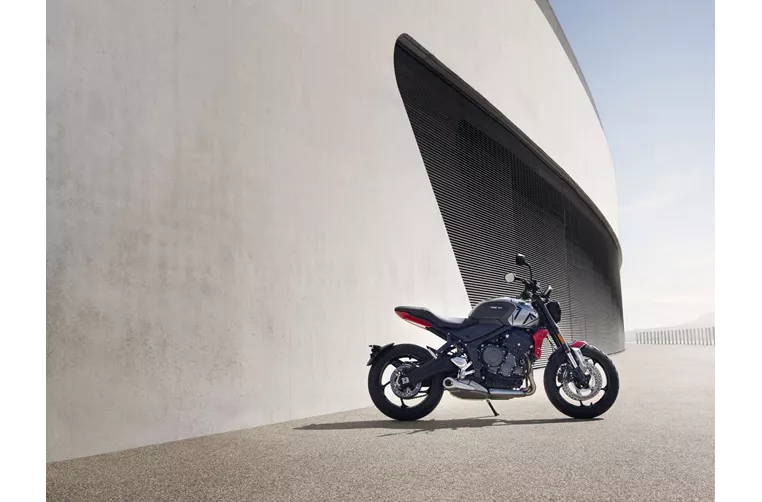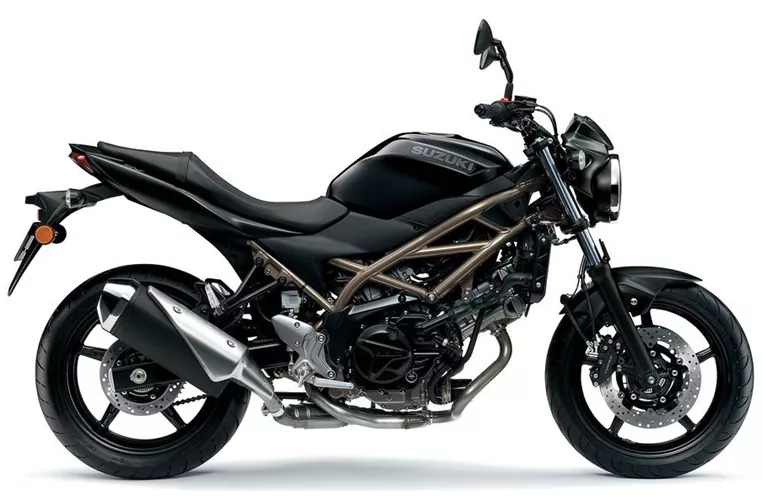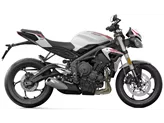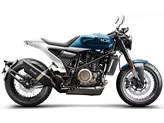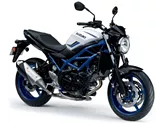Triumph Trident 660 2021 vs. Suzuki SV 650 2021
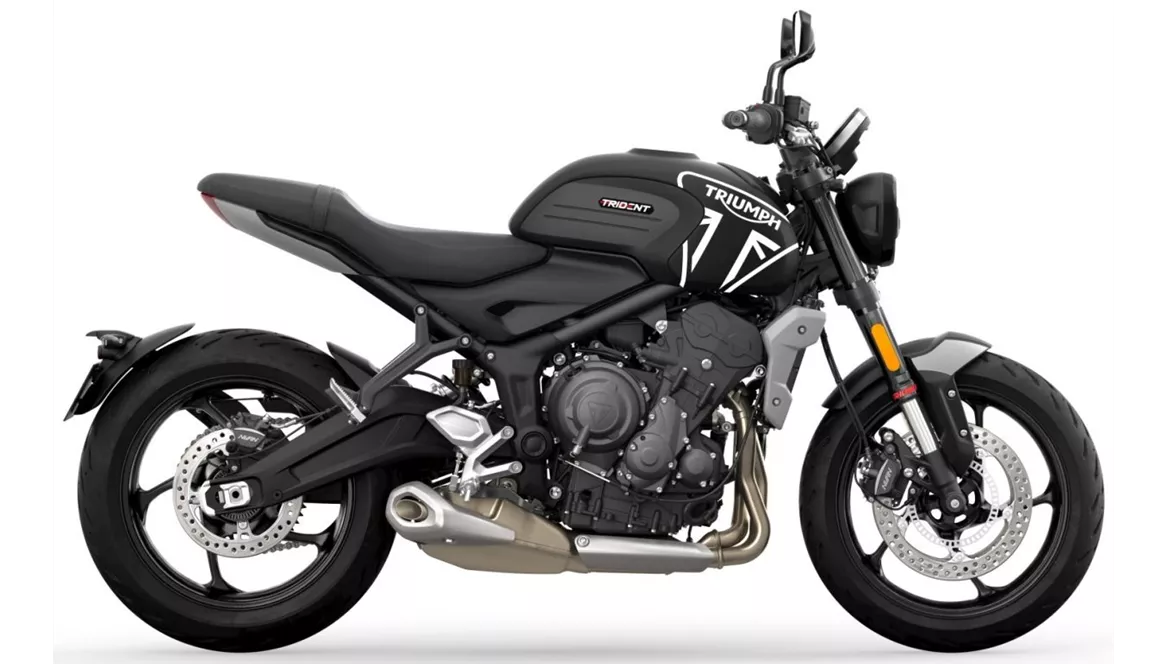
Triumph Trident 660 2021
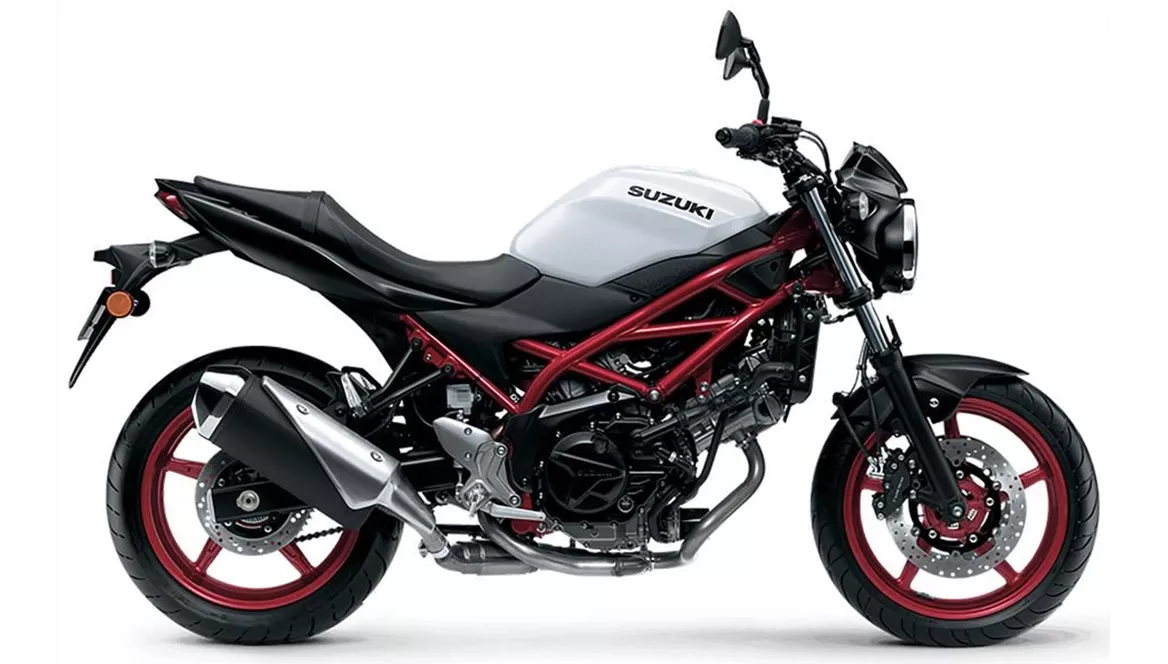
Suzuki SV 650 2021
Overview - Triumph Trident 660 2021 vs Suzuki SV 650 2021
The Triumph Trident 660 2021 and the Suzuki SV 650 2021 are both naked bikes that offer a thrilling riding experience. However, there are several key differences between the two models.
Starting with the engines, the Triumph Trident 660 is equipped with an inline three-cylinder engine, while the Suzuki SV 650 features a V2 engine. The Trident has a higher engine power of 81 HP compared to the SV 650's 73 HP. Both bikes have the same torque output of 64 Nm. Both models also have fuel injection systems and liquid cooling.
In terms of suspension, the Trident 660 has an upside-down telescopic fork at the front and a swing arm with a monoshock at the rear. The SV 650 also has a telescopic fork at the front and a swing arm with a monoshock at the rear. Both bikes have preload adjustment for the rear suspension. The Trident 660 has a steel rear suspension, while the SV 650 has a steel swing arm.

Triumph Trident 660 2021
When it comes to the chassis, the Trident 660 has a steel perimeter frame, while the SV 650 has a steel tubular frame. Both frames provide stability and rigidity for a confident ride.
In terms of braking, the Trident 660 has double disc brakes at the front with a diameter of 310 mm and double piston calipers. The SV 650 also has double disc brakes at the front, but with a smaller diameter of 290 mm and four-piston calipers. Both bikes offer ABS as part of their advanced rider assistance systems.
In terms of dimensions and weights, the Trident 660 has a front tire width of 120 mm and a rear tire width of 180 mm, both with a diameter of 17 inches. The SV 650 has a front tire width of 120 mm and a rear tire width of 160 mm, also with a diameter of 17 inches. The Trident 660 has a slightly shorter wheelbase of 1401 mm compared to the SV 650's 1445 mm. The seat height of the Trident 660 is 805 mm, while the SV 650 has a seat height of 785 mm. The Trident 660 has a kerb weight of 189 kg, while the SV 650 is slightly heavier at 200 kg.
In terms of fuel capacity and efficiency, both bikes have a similar fuel tank capacity of around 14 liters. The Trident 660 has a range of 304 km and a combined fuel consumption of 4.6 l/100km, while the SV 650 has a range of 353 km and a combined fuel consumption of 4.1 l/100km.

Suzuki SV 650 2021
In terms of strengths, the Trident 660 stands out with its powerful three-cylinder engine, excellent chassis and brakes for its class, extensive electronic equipment, optional quickshifter with blipper, and simple and accessible controls. On the other hand, the SV 650 offers a confident V2 powerplant with character, a stable chassis, a comfortable seating position, easy handling, and a timeless look.
However, there are also some weaknesses to consider. The Trident 660's traction control is overall very defensive, which may limit the rider's ability to fully exploit the bike's performance. The SV 650's brakes require manual force, lacking the ease of use found in the Trident 660. Additionally, the SV 650 lacks electronic features apart from ABS, and its instruments are moderately readable.
Overall, both the Triumph Trident 660 2021 and the Suzuki SV 650 2021 are solid choices in the naked bike segment, offering unique features and characteristics that cater to different rider preferences.
Technical Specifications Triumph Trident 660 2021 compared to Suzuki SV 650 2021
Pros and Cons in comparison
Pros and Cons in comparison
Triumph Trident 660 2021
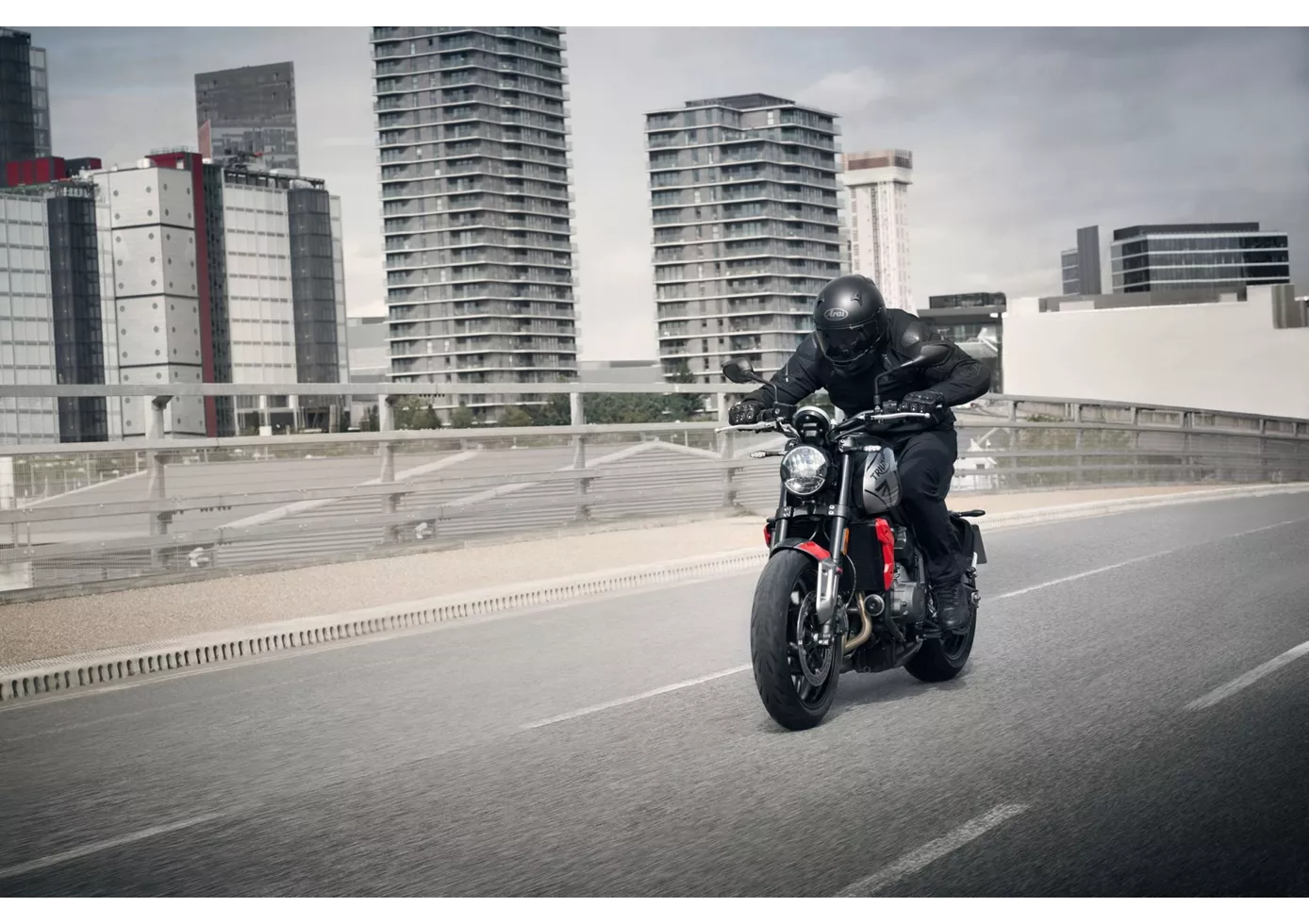
You can tell that the Trident is a new bike. Triumph has developed the necessary ingredients for the year 2021 with pinpoint accuracy. Cheeky but not intrusive sound, a lively engine and a comprehensive electronics package including quickshifter are simply fun. A casual motorbike that even experienced riders can have a lot of fun riding.
Suzuki SV 650 2021
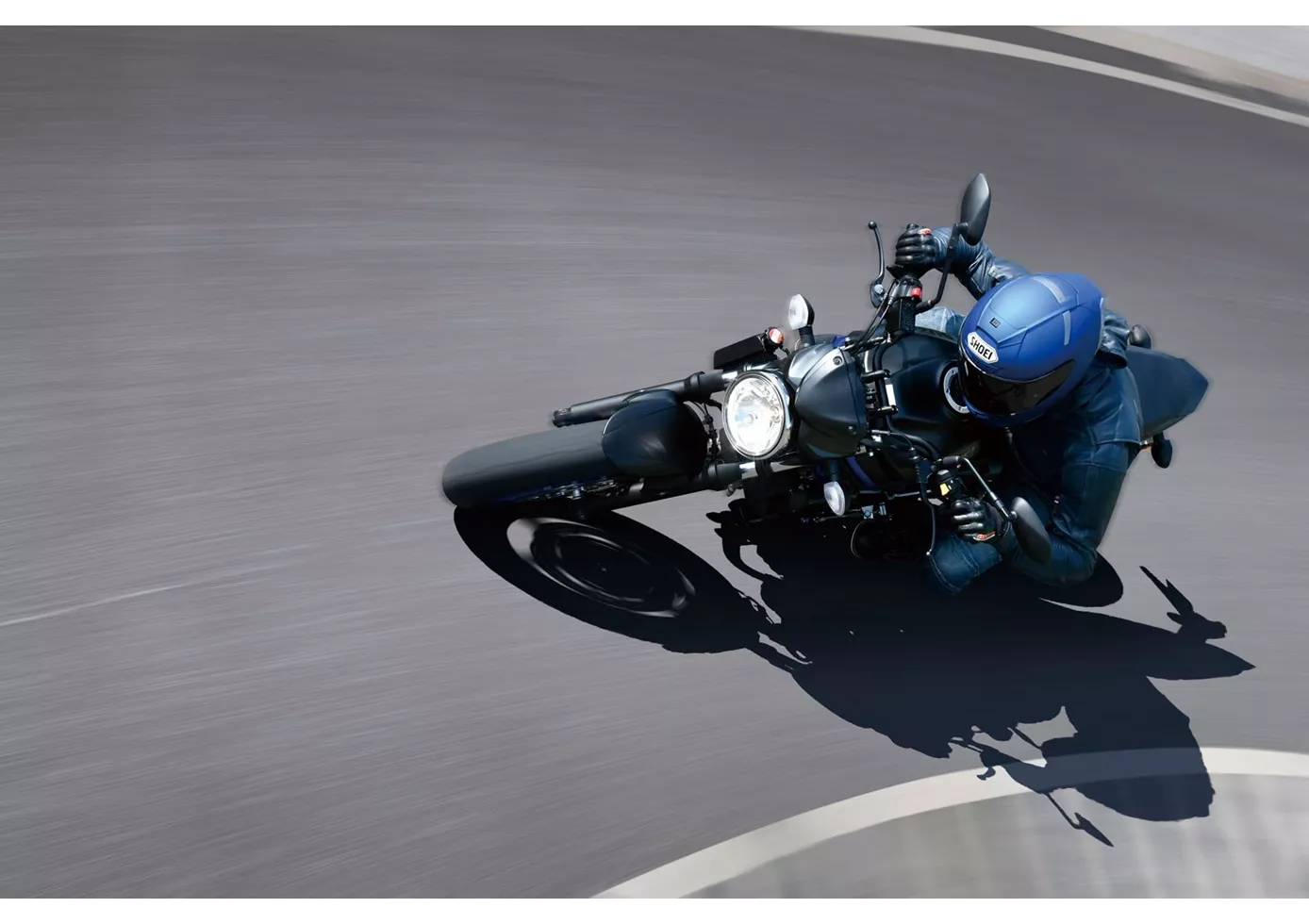
Not much has changed on the Suzuki SV 650 compared to its predecessor, five years ago. The engine has been updated to Euro5 and is now even more mature, which fits in perfectly with the rest of the package. The SV 650 doesn't want to scare anyone, especially beginners. The chassis makes a solid, unagitated impression, the brakes require a lot of manual force to prevent unexpected overbraking. The look is timeless on the one hand, but on the other hand some components are really a bit outdated. On the other hand, the price is fair, as usual for Suzuki.
Price Comparison Avarage Market Price Triumph Trident 660 vs Suzuki SV 650
There are a few key differences between a Triumph Trident 660 2021 and a Suzuki SV 650 2021. In terms of price, the actual average price of a Triumph Trident 660 2021 is about 30% higher. Compared to Suzuki SV 650 2021 there are more Triumph Trident 660 2021 bikes available on the 1000PS.de Marketplace, specifically 23 compared to 13. It takes less time to sell a Triumph Trident 660 with 85 days compared to 111 days for a Suzuki SV 650. Since model year 2021 1000PS.de editors have written 20 reviews for the Triumph Trident 660 and 25 reviews for the Suzuki SV 650 since model year 2005. The first review for the Triumph Trident 660 was published on 30/10/2020 and now has more than 76,700 views. This compares to more than 14,200 views for the first review on Suzuki SV 650 published on 26/09/2008.
